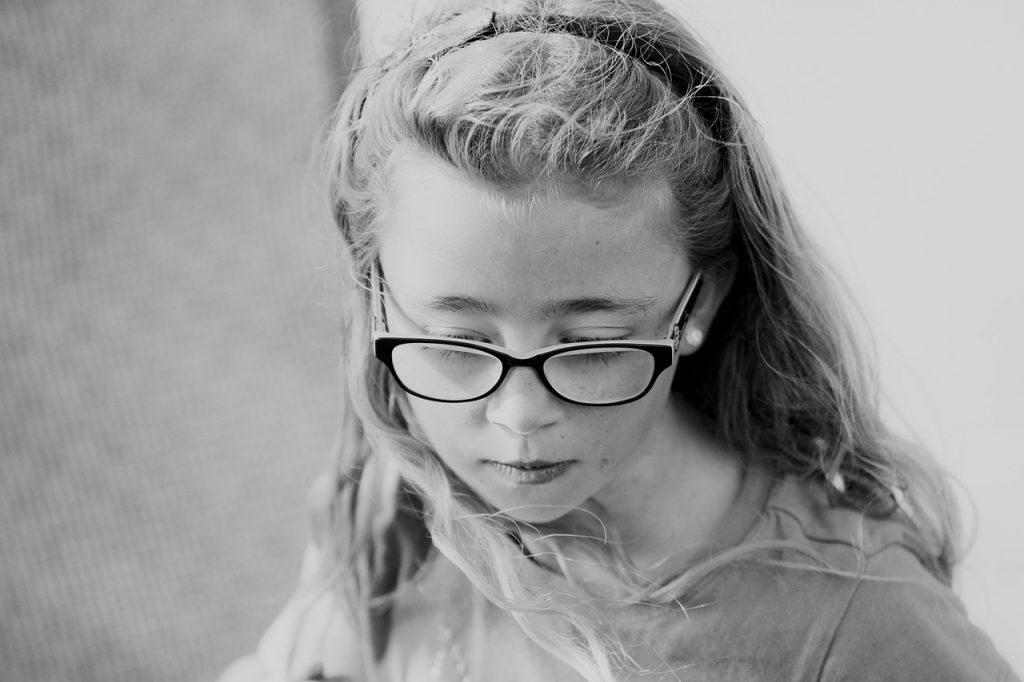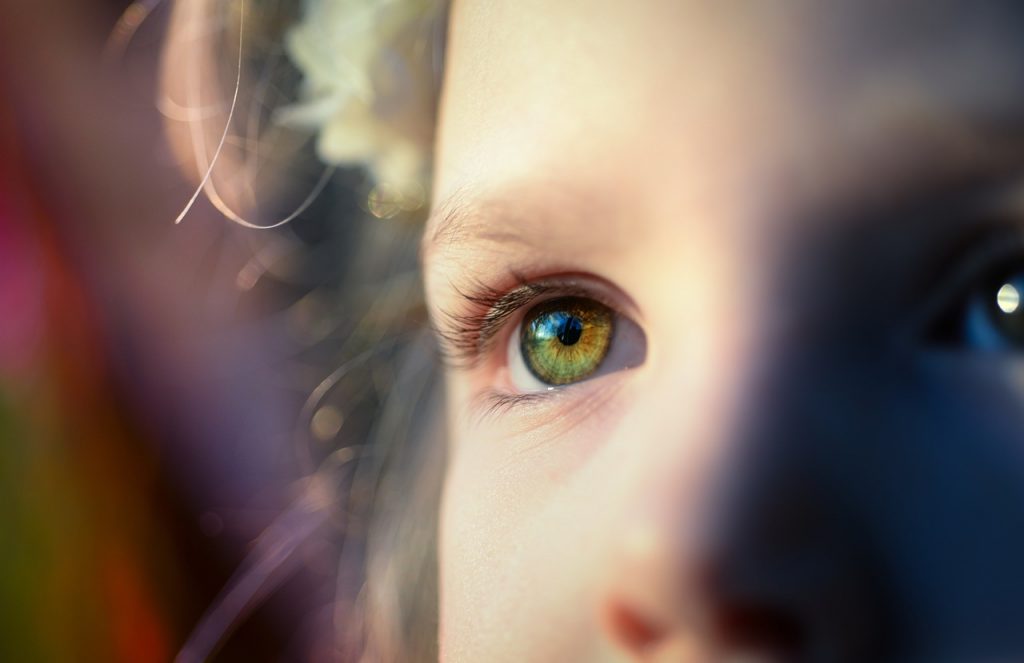
Typical Development of Vision and the Effects of Screen Time on Developing Eyes
Facts about Vision
- 1 in 4 children have vision problems
- There are 100 million impulses in the brain. 80% are received through the visual system
- 75% increase in convergence problems and myopia with COVID and increased use of technology
- Convergence occurs when moving our eyes from something far to something near. Example, copying from the board- moving eyes from board to paper at desk
- An increase in convergence and nearsightedness have increased with the increased use of screens (tablets, phones, TV, computer)
Birth to 4 month
- Infants can see objects about 8-10 inches from their face
- Eyes start working together
- Tracking and hand eye coordination begins to develop
- Around 3 months, they should begin following objects with their eyes and start reaching
- Begin to discriminate between faces
- High contrast colors like black and white are easier to see
- The color blue is easier to fixate on for longer period of time over other colors
5-8 months
- Eye movements strengthen
- Hand eye coordination continue to improve
- Good color vision develops by 5 months
- Depth perception begins to develop (both eyes have to work together to have depth perception)
2 years
- Visual memory
- Myelination in front for visual pathway
Preschool-4 years
- Eyes begin fine tuning
- Stable fixation with tracking and saccades while keeping head still
- Increased accommodations and flexibility of eye muscles develop
Elementary Years
- Further fine tuning of eye muscles, lenses, and eye brain connection
- Myopia (nearsightedness) may begin
Pre-teen
- Eyes finish developing around 13 years of age
- Increased visual thinking and response speed
- Progressive myopia with increased eye strain as visual demands in school increase
Best Type of Lighting Scale
Healthiest
Least Healthiest
_________________________________________________________________________________________________________
Sunlight
Candlelight
Full spectrum incandescent
Halogen
LED
Fluorescent
Side Effects of Fluorescent Lighting
- Anxiety
- Blurred Vision
- Depression
- Difficulty reading or focusing
- Eye strain, pain and inflammation
- Headache or migraine attack
- Lethargy
- Lightheadedness
- Vertigo or dizziness
- High amounts of blue light (screens)- increase in overactivity and muscle tension
What Can You Do As A Parent To Help?
Birth to 4 months
- Talk to your child while moving around the room
- Switch between left and right side during feeding or holding your baby
- Hold toys or items about 8-10 inches from babies face
- Change the crib position and which direction your baby is laid in crib
- Utilize a soft light like a night light
- Use high contrast colors on toys, objects or mobile, like black and white
- No screen time
5-8 months
- Hang mobile or items above baby (securely) for your child to grab and play with
- Provide your child with a lot of tummy time
- Place mirror at head level during tummy time
- Provide a variety of toys in colors and textures for your child to hold
- No screen time
9 months-2 years
- Play peek-a-boo
- Hide items behind item, then pull out and show your child
- When playing with items, name them or talk about attributes
- Ex. Yellow ball. It is soft. It is fuzzy etc.
- Roll ball, car or other items back and forth to encourage tracking of item
- Read or tell stories to stimulate visualization skills
- Reduce screen time
3+ years
- Reduce screen time
- Provide access to blue light filter glasses for older children who complete school work on computers
Like to learn more? Check out my post on vision to find out more about the brain and eye connection

Resource
A great resource on vision is a book written by Dr. Brenda Montecalvo. Her book is called Visual Secrets for School Success- Read Faster, Write Better, Master Math and Spelling. In the book, she provides education on the components of vision and visual perceptual skills required in a variety of skills necessary to be successful in school and life.
References
Montecalvo, Dr. Brenda. (2022). Vision and Learning[PowerPoint slides].
Dr. Montecalvo is the past-president of the Ohio Optometric Association, Chair of the American Optometric Association Vision Rehabilitation, past-president of the Neuro-Optometric Rehabilitation Association and Associate Clinical Educator for Western College of Optometry and Ohio State University College of Optometry. She lectures internationally to provide education on neuro-optometric rehabilitation, vision therapy and therapeutic lens prescribing. Her practice is based in Beavercreek Ohio.